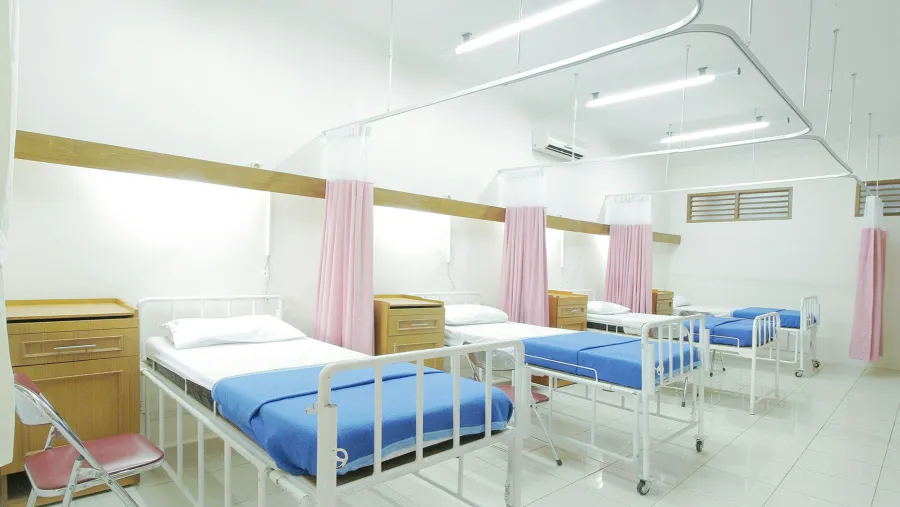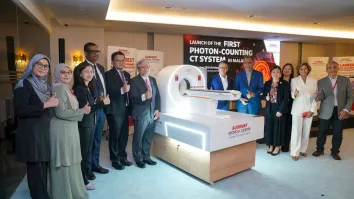
Hospitals embrace sustainability practices to elevate patient experience
Digitalisation reduces the need for paper and improves patients’ waiting time.
HOSPITALS are adopting various practices to pursue sustainability such as emission reductions and digitalisation. However, these strategies should not only benefit the institutions but should also enhance patients’ experience, according to industry leaders.
Thomson Medical, for example, set an electricity consumption index target of 86.05 kilowatt-hours per patient day, a water consumption index of 0.84 cubic metres per patient-day, and a biohazard waste index waste of 7.85 litre per patient-day, Kwan Wei Jie, head of customer experience at Thomson Medical, said.
“Our customers are not looking at all these numbers because this only benefits the organisation,” Kwan said at the Healthcare Asia Summit in Singapore, adding that it is vital to convey to customers that this is all part of their patient experience.
Digitalisation and sustainability
Hospitals digitalise their operations to reduce their carbon footprint as they cut their reliance on paper-based processes, Kwan said.
Digital transformation not only enhances process efficiency but also improves data accuracy and data security, benefitting both the hospital and the patients.
“It gives your patient the empowerment to at least have the self-service option to go through their digital patient journey,” Kwan said.
“Digitalisation reduces the waiting time and further reduces the anxiety they have whilst waiting for something to happen in the hospital. It improves the communication, convenience, and engagement between the patient and your staff in the hospital,” she added.
For Thomson Medical Group, Kwan said they implemented an application for patients as well as an Electronic Medical Record which will boost coordinated care, organise database, improve patient care, secure data, and improve productivity.
Aside from this, they also have the Smart Ward System which uses smart appliances such as lighting, air conditioning and heater systems.
Amongst the benefits of this system include reduced energy consumption and carbon emissions, faster response time, one-stop service, and an intelligent fall detection centre.
Supporting local
Thomson Medical also addressed sustainability in the supply chain by supporting local produce. For example, in 2022, the hospital worked with the Singapore Food Authority to launch a project together with the LoveSGMums Meal to deliver food made from local produce.
“One thing that our patient is always looking out for every single day is mealtime,” Kwan said. “This local produce will be a customer language that your customer understands and hears.”
“The key effort is to really support our local farmers to create this sustainable F&B (food & beverage) supply chain. To make sure that our moms in Thomson Medical are receiving very high nutritional value meals,” he added.
Singapore experienced a huge supply chain disruption in the F&B sector during the pandemic, particularly when Malaysia stopped the export of chicken to the country.
Emission reduction
The healthcare industry contributes 5% of the global carbon footprint, Yasemin Tecmen Stubbe, group head of Sustainability and of Branding Strategy at IHH Healthcare, said. She said this contribution is worse than the shipping or aviation industries.
Stubbe added that the company is making strides in waste and water management, and reducing carbon footprint. Some of their efforts include the adoption of rooftop solar projects, chiller upgrades and replacements, a switch to anaesthetic gases, and supply chain analysis.
On the supply chain side, Stubbe noted that they will also focus on Scope 3 emissions or emissions produced from assets that are not controlled by the company, by enhancing its procurement policy.
“We’re one of the largest healthcare networks. Everyone wants to work with us. So, we have to push the hands of the suppliers as well,” she said, adding that Scope 3 accounts for 70% of the hospital’s carbon emissions.
On the patients’ side, Stubbe said they are focusing on providing “better, faster, more convenient, and transparent care.”



















 Advertise
Advertise





